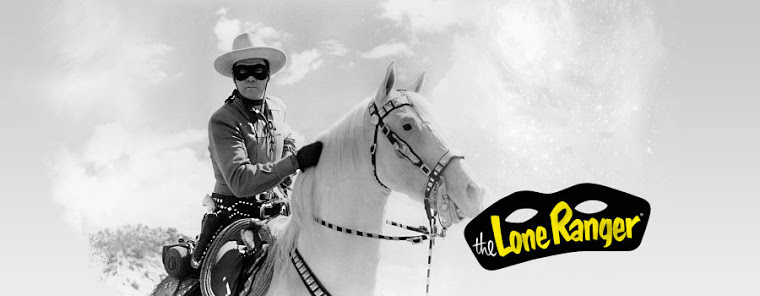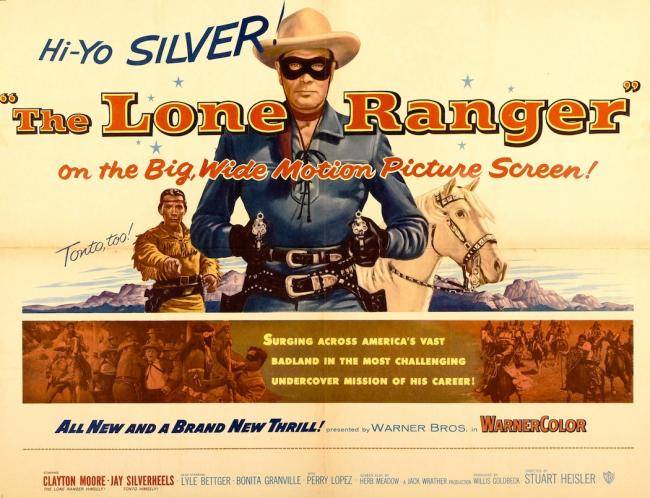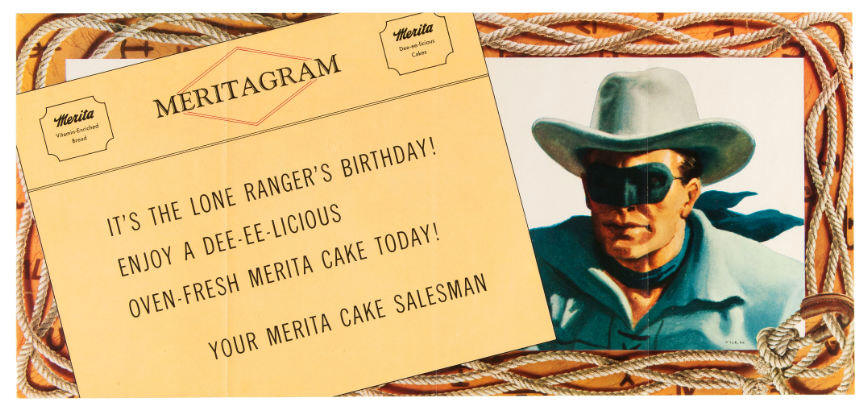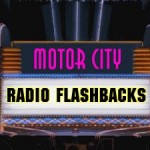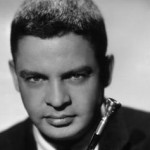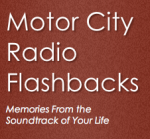 The Detroit News: ‘Horn’ Trumpets Praise of Radio’s ‘Lone Ranger’
The Detroit News: ‘Horn’ Trumpets Praise of Radio’s ‘Lone Ranger’
Tom Greenwood, Detroit News
On 1/28/2014, Lee Alan wrote to us here at Motor City Radio Flashbacks:
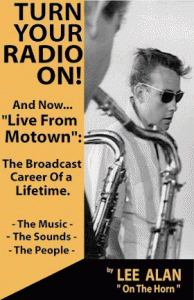
Thank you for your note regarding my boyhood hero, “The Lone Ranger.”
Over these many fortunate years I have been privileged to meet a number of those whose voices and genius brought the legendary masked rider of the plains to life for millions of us “kids.”
So I thought I would pass along an audio excerpt from my book (audio linked below) where I recall a very special story or two which you have my full permission to add to your growing collection.
The Tom Greenwood article appeared in The Detroit News a number of years ago and was included in the photo section of my book.
Kindest Regards. And keep up your most valued work.
By Tom Greenwood
(News article below was provided by Lee Alan) —
R E C E N T L Y I P E N N E D A C O L U M N about some childhood heroes, including Clayton Moore (TV’s Lone Ranger) and former WXYZ Radio disk jockey Lee Alan. I said how I’d always had this secret dream that some day I’d grow up and be the Lone Ranger. I also said I’d spent many an evening cruising Woodward in the ’60s, listening to “Brother” Joel Sebastian and Lee “The Horn” Alan and his “fine toned ashtray.”
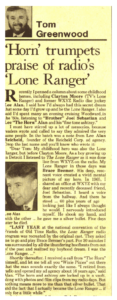 I must have stirred up a lot of memories, because readers wrote and called to say they admired the very same people. In the batch was a note from Lee Alan Reicheld, founder of the Reicheld Corp. ad agency. Drop the last name and you’ll know who wrote it:
I must have stirred up a lot of memories, because readers wrote and called to say they admired the very same people. In the batch was a note from Lee Alan Reicheld, founder of the Reicheld Corp. ad agency. Drop the last name and you’ll know who wrote it:
Dear Tom: My childhood hero was also the Lone Ranger, but before Clayton Moore. As a boy growing up in Detroit I listened to The Lone Ranger as it was done live from WXYZ on the radio. My Lone Ranger in those days (actually the name was Brace) was Bruce Beemer. His deep, resonant voice created a vivid mental picture of my hero. In 1965, I shared an office at WXYZ with my dear and recently deceased friend, Joel Sebastian. I heard a voice from the hallway. And there he stood… 60 plus years of age — looking just like I always thought he would. I nervously introduced myself. He shook my hand, and with the other… he gave me a silver bullet. Five days later he died.
“Last year at the national convention of the ‘Friends Of Old-Time Radio,’ the Lone Ranger was recreated by the original cast. They asked me to go and play Brace Beemer’s part. For 30 minutes I was surrounded by all the thundering hoofbeats from out of the past and realized my boyhood dream. I was the Lone Ranger…”
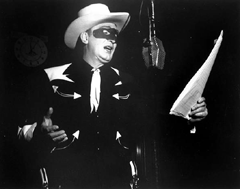
Shortly thereafter, I received a call from “The Horn” himself, and let me tell you “Wixie Pixies” out there that the man sounds exactly the same. “I retired from radio and opened my ad agency about 16 years ago,” said Alan. “The horn and ashtray are locked up in a vault, along with photos and film clips of my radio days. But nothing means more to me than that silver bullet. That and the fact that I actually became the Lone Ranger… if only for a little while.”
Alan also added, “The cast members, when I had the wonderful opportunity to play Brace Beemer’s part as the Lone Ranger before a live audience of a thousand people, included Fred Foy who was the show’s announcer, Dick Osgood, Rube Weiss as Tonto and, the show’s actual director on WXYZ, Chuck Livingstone.
When it was over a small elderly lady approached me and said: “I closed my eyes and it was him… I heard his voice. It was him.”
The lady was Leta Beemer, widow of Brace Beemer. My “Lone Ranger.” She saw the “pictures” that only radio can produce. END
Addendum: Where can I buy Lee Alan’s book, “Turn Your Radio On!”? It is available at http://www.detroitradiolegends.com/ The article and audio excerpt linked above is used with expressed permission by the author. Thank you, Lee Alan, for sharing with us on Motor City Radio Flashbacks.
ALSO: NPR’s splendid take on ‘The Lone Ranger: Justice Outside The Law’ (with Lone Ranger audio in “All Things Considered”) dated January 14, 2008 (in commemorating 75 years), can be read, and heard here.
![]()
